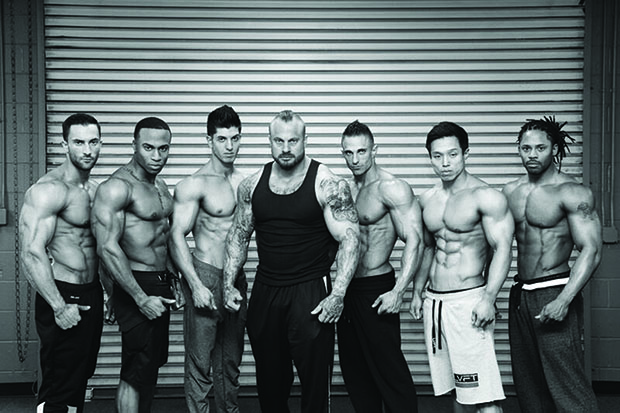


The relatively young sport is only in its adolescence, but it’s experienced explosive growth. What will the division look like 10 years from now?
The NPC/IFBB Men’s Physique division is so new that if it were football, competitors would still be wearing leather helmets and running the Flying Wedge. In bodybuilding terms, the fledgling sport is in the Reg Park era. It’s hard to imagine athletes hitting the stage looking even fuller and more conditioned than current top-three placers like Jeremy Buendia, Sadik Hadzovic, or Jason Poston, but if history has taught us one thing—and feel free to draw a line from Larry Scott to Phil Heath—bodies will always get better. No matter how you feel about Men’s Physique, the division is clearly here to stay. Along with Bikini, these two categories have reanimated the fitness industry like a pair of electric defibrillators to the heart. Iron Man magazine organized a panel of industry experts to share their knowledge and opinions on how the sport of Men’s Physique will continue to evolve, adapt, and improve over the next several years. Spoiler alert: The best of Men’s Physique is yet to come.
THE PANEL
Ryan Bentson, trainer. A competitive superheavyweight bodybuilder in the 1990s, Bentson is the owner of Zero Gravity Fitness in San Dimas, California, and the trainer of Team Zero Gravity Fitness, which has over 200 Men’s Physique competitors.
Jason Poston, competitor. Physique superstar Jason Poston is an IFBB pro, MET-Rx athlete, and native Texan. He has won several pro physique shows and was the runner-up at the 2015 Arnold Sports Festival. He is currently training for the 2015 Olympia Weekend.
Lee Thompson, judge. The current NPC district chairman of Texas, Lee Thompson is a Mr. Olympia judge as well as an IFBB Pro League judge. He officiated his first bodybuilding contest in 1999 and has since judged more than 500 bodybuilding and physique competitions.
Iron Man: To what do you attribute the success of the Men’s Physique division?
Ryan Bentson: Guys are seeing it as being attainable. They look at a picture of Jason Poston and think, “If I diet hard and train hard, I can be there.” Also, bodybuilding physiques are not pretty anymore. They look like big frogs. They are distended and blocky. That has pushed more people to want to do Men’s Physique. There is no one on this planet outside of a competitive bodybuilder who wouldn’t want to look like a pro physique competitor.
Jason Poston: I think it gives guys a lot of confidence. They learn about food and working out, and they hang out with dudes who are into what they are into. Then they pay a couple bucks and get an NPC card, and now they’re part of something. It’s a culture. There is much more community in physique than in bodybuilding. The bodybuilder mentality is about doing everything by themselves, but you’ll see a group of 10 physique guys working out together.
Lee Thompson: I think social media has a direct correlation to our growth and our impact on the mainstream. Everybody wants to take a picture of themselves in the mirror and show their abs or their guns. It’s that validation they receive from social media and to be able to step on stage and showcase their work against like-minded people.
IM: Do you think we will see a dominant figure emerge in Men’s Physique, like a Ronnie Coleman or a Dorian Yates?
RB: I don’t think we’ll have a return Mr. O for the first five years. In every pro qualifier since physique started, there’s a new batch of guys coming in who are even a little better than the pros from the year before. The quality is jumping at the national level faster than at the pro level. Half the pros that were in the Olympia lineup last year didn’t qualify this year.
JP: I definitely see it happening. In physique you have guys training at a younger age for a specific result. They’re attempting to keep the waistline smaller but the lats broad and the shoulders wide. It’s a matter of time before the younger generation keeps working at it, and then we see this superstar come up who has every advantage.
LT: I wouldn’t say it’s impossible, but I think it’s highly improbable. The numbers of competitors in Men’s Physique are far greater than we ever had in bodybuilding. In the Ronnie Coleman era, you were looking at 25 top bodybuilders. In Men’s Physique we have over 300 pros. There are too many different physiques and competitors to have one person dominate year after year.
IM: We’ve seen bodybuilders and women’s figure competitors push the envelope on size. Will physique athletes get bigger and bigger?
RB: It’s already getting there. A couple of my competitors in the C-class are 5’9” and get onstage at 205 pounds. Where it will cross the line is when guys start to look too synthetic. A guy like Jason is a big guy, but it fits his frame well. He’s tall and he has broad clavicles. But he would have to be 240 pounds to be competitive as a pro bodybuilder, so there’s still a significant gap between those two groups.
JP: Yeah, I think guys will get bigger and bigger. Not to the point where you see waistlines expanding or extreme vascularity or where guys look totally juiced out. We’ve already seen a little bit of that, but no one talks about those guys, because they were in last place. Physique is all about symmetry and the beauty of the male anatomy.
LT: It’s a natural progression, but we contain it at the judging panel. We have to do a better job than we did in the late ’90s. As judges we know that athletes are always going to try to push the limit. It’s our job as judges and officials to maintain a criterion and judge to that. At the end of the day we’re managing a look.
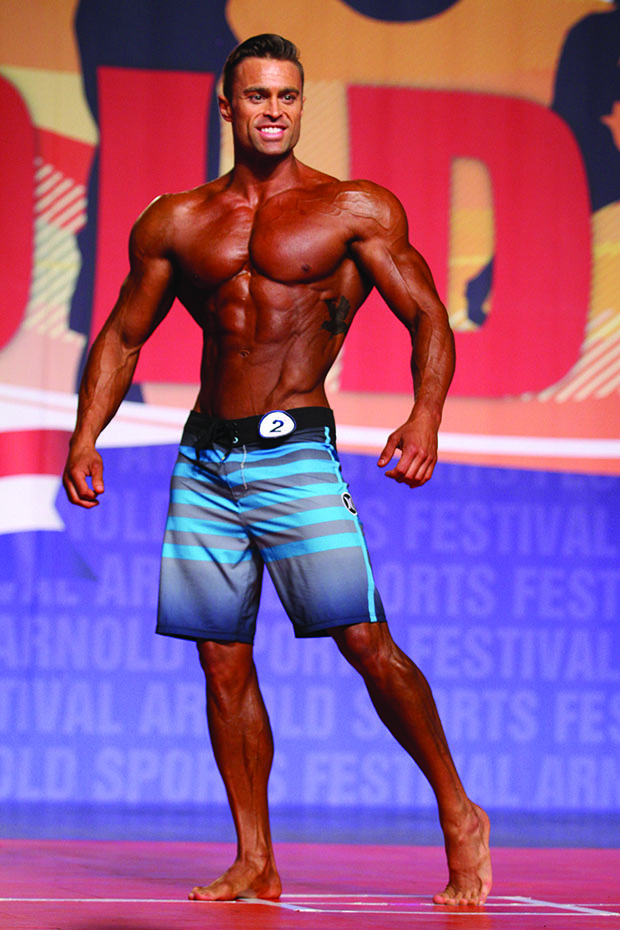
IM: In your opinion, is there an optimal height and weight for winning physique shows?
RB: That is the good part about Men’s Physique, because they’re not judging on sheer muscularity and size; symmetry is way more important than overall muscularity. It’s not uncommon to see a A-class competitor win the overall. Since it goes by height and not weight, you’re being judged in proportion to your own physique.
JP: No. Jeremy Buendia is like 5’7”, but you don’t notice. He holds his weight so well, he doesn’t look like a short guy. I’m about 5’11”, and me and Anton Antipov are the same height. Sadik is like six foot. Steve Cook is about 6’1”.
LT: No. I can be six feet tall, and 220 pounds might look good on me because I am very balanced and my legs and upper torso and lower torso match up. But someone else at that height and weight might look like a water buffalo.
IM: Is there a peak age for Men’s Physique competitors?
RB: I would say that the ideal age for pro Men’s Physique is close to 30. The ideal look of Men’s Physique is full round muscle bellies but not overly vascular and striated. To get that look, you have to have a lot of muscle density and not get yourself overly dehydrated. Guys with more muscle density tend to look better because they don’t have to get as dehydrated as the guys who don’t have that maturity.
JP: It doesn’t seem like it. I haven’t reached my peak yet and I’m 32. I’m the older guy in the top three.
LT: No, you have a Jeremy Buendia, who is 24 or 25, and you have Javon Walker, who is coming up and he’s 36. It has a lot do with genetics and how long your body can last. If you have that strong elasticity in your skin, this is for you.
IM: What is a common problem you see in in young physique athletes?
RB: Most competitors don’t understand the illusion of bodybuilding. Everyone thinks they need to be bigger than they are, but they underestimate the ability of looking big with conditioning and posing. Men’s Physique is another division of bodybuilding, and one thing that bothers me is that a lot of new guys don’t know the history of our sport. Half of the new guys don’t even know who Ronnie Coleman is. If you don’t understand the evolution of the sport or know about the people who made it possible for you to be competing, you’re never going to understand what terms like “symmetry” mean.
JP: I agree with Ryan. You can’t get away from the basics of bodybuilding. I grew up reading tons of books, buying all the DVDs. I love Arnold’s Encyclopedia of Modern Bodybuilding. Physique is bodybuilding. We are just presenting the body in a different way.
LT: A lot of new competitors don’t take the time to read the rules. They don’t know what they’re judged on or that they have to wear boardshorts that are just above the knee. As kids, when they signed up for Little League they read the rules. But now they just grab an entry form and show up.
IM: What’s your best piece of advice for young aspiring competitors?
RB: Consistency. A lot of guys show up to the gym with their Six-Pack Bag, and they have two duffel bags of every wrist wrap and belt known to man. They do one show, and then I don’t see them again for six months. My philosophy is, you don’t train because you want to compete. You compete because you love to train.
JP: Build a foundation for your body. A lot of guys want to jump into unique isolation exercises, when in the early years they should really focus on mastering the basic compound movements and get their joints and tendons used to heavy weights. Master the form and movements of bodybuilding and don’t just chase cool new exercises.
LT: Have fun, live a healthy lifestyle and enjoy what you’re doing.
By Mike Carlson
Photography by Ron Avidan






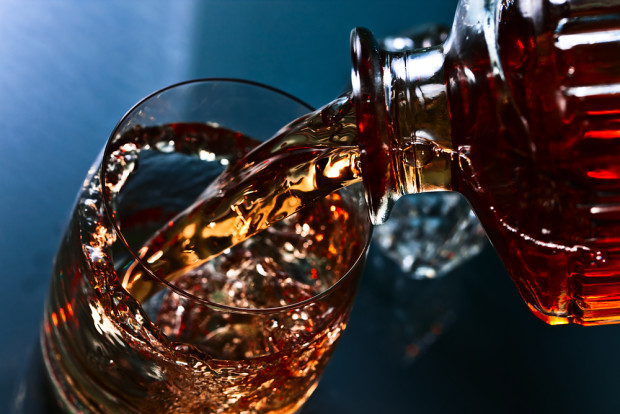






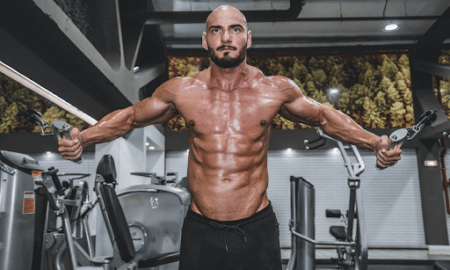


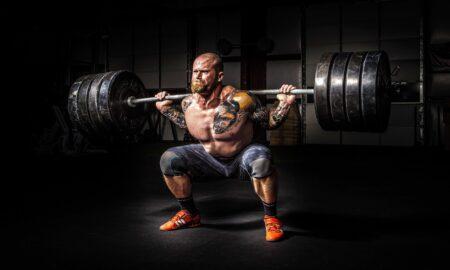
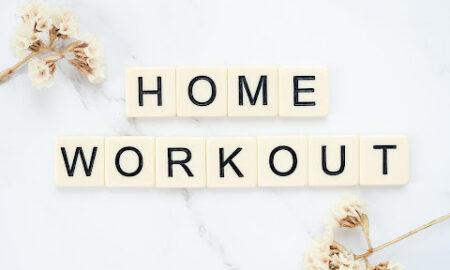



You must be logged in to post a comment Login